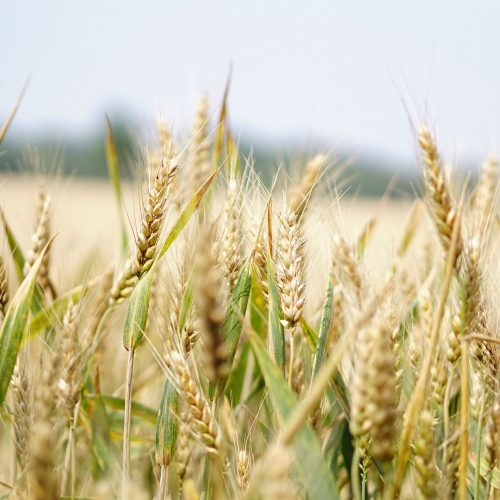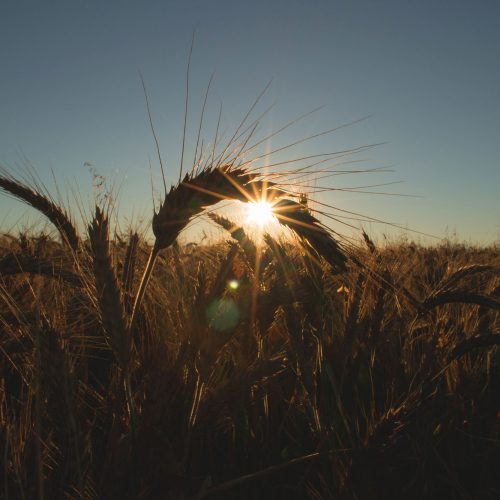As a source of energy, biomass is also renewable, with a rational economy, because plants have it to grow back (in contrast to, for example, oil deposits). There is also no problem with the utilization of ash because it is an excellent fertilizer. Contrary to appearances, it is an efficient fuel; two tons of dry biomass, be it straw or wood, are energetically equivalent in the tone of hard coal. Also for economic reasons it is worth considering the change of the current fuel; Biomass heating is cheaper by 200% – 300%.
What is biogas?
Biogas is a product of biomass fermentation. Biomass, which is not suitable for briquetting and is actually waste (eg sugar wastewater, municipal waste, animal manure, slurry, waste from agri-food industry) is subjected to methane fermentation. This process still occurs in nature, and the gas with an unpleasant odor evaporates into the atmosphere





